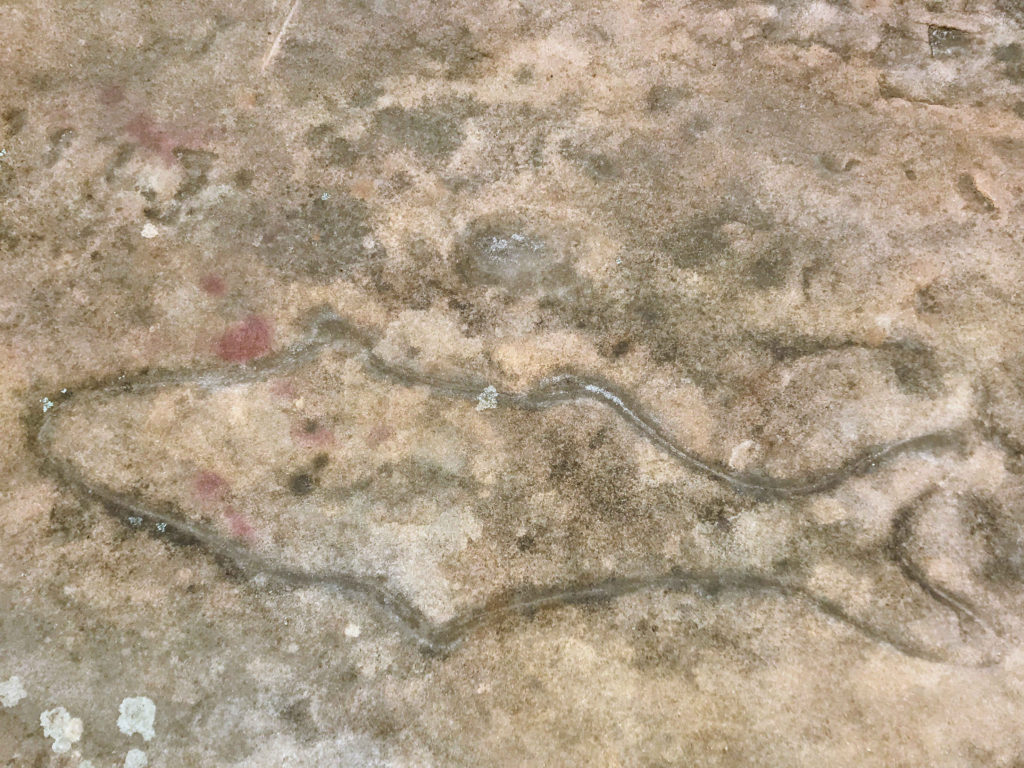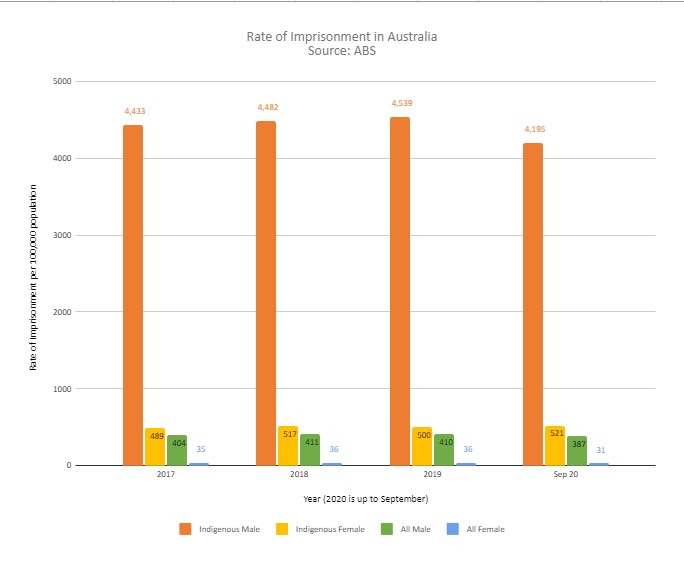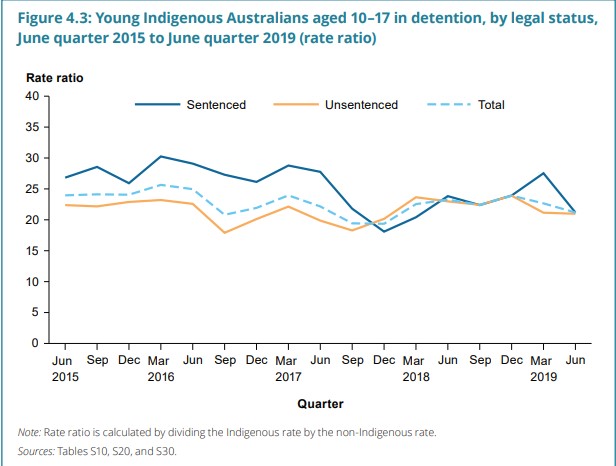As Australia has its annual debate about whether it is appropriate to have our national day on the anniversary of the day when a British naval officer planted the British flag, and claimed half a continent for Great Britain, ignoring the people who already lived here, I’m looking at some Indigenous statistics. And in the year of Black Lives Matter, particularly statistics about the judicial system.
Indigenous people are massively over-represented in Australia’s judicial system. Adult Indigenous Australians are 11 times more likely to be in prison than a random Australian. And Indigenous youth under 18 are 25 times more likely to be incarcerated than the average person under 18.
Incarceration
In Australia, this graph, which comes from last week’s ABS analysis, shows the overwhelming difference between rates of imprisonment in Australia between Indigenous people and the totals for all Australians. The rates are per adult population, and show that in 2020, 4.2% of Indigenous men were incarcerated, compared with 0.4% of all men, and 0.5% of Indigenous women were incarcerated, compared with 0.03% of all women. So Indigenous people are more than 12 times as likely to be incarcerated as the average Australian.
Youth detention
But if the difference is large for all incarceration, Youth detention statistics are twice as disproportionate. This report looks at all youth detention in Australia (largely, defined as detention of those under 18, whether sentenced or unsentenced).
Over the four years of the study, an Indigenous youth was 25 times more likely to be incarcerated than a non Indigenous youth. In Victoria, the state with the smallest discrepancy between Indigenous and Non Indigenous youth, Indigenous youth are more than 10 times as likely to be incarcerated than non indigenous youth. In WA, that ratio is on average 40 times. And in the Northern Territory, despite making up half only half the population, there are so few non Indigenous kids incarcerated, that a ratio can’t be calculated. There are many different statistics that show the disadvantages faced by Indigenous people in this country. To me the number of Indigenous youth locked up seems the most egregious.
The Uluru Statement of the Heart calls for a First Nations Voice to Parliament and a Makarrata Commission to supervise a process of agreement-making and truth-telling. These reforms are: Voice, Treaty, Truth. On this Australia /Invasion Day please spend some time reading the Statement. It is a great and poetic declaration and points to an achievable and inclusive future for all Australians.
The first reform is the constitutional enshrinement of a Voice to Parliament (Voice). A Voice is a common reform adopted around the world by liberal democracies to improve democratic participation for Indigenous populations. In Australia, the Voice will empower First Nations politically. It will be a permanent institution for expressing First Nations’ views to the parliament and government on important issues affecting First Nations.
The second reform is the Makarrata Commission to supervise a process of agreement-making between governments and First Nations (Treaty), and truth-telling (Truth). Voice, Treaty and Truth provide a clear and practical path forward for First Nations’ self-determination in accordance with the United Nations Declaration on the Rights of Indigenous Peoples.
Voice. Treaty. Truth.




Thanks. Food for thought. Lots of food Love